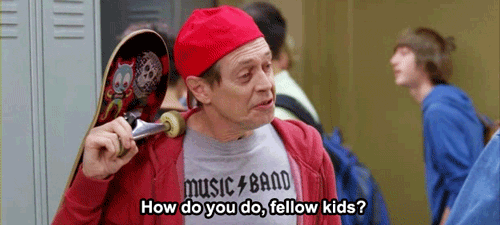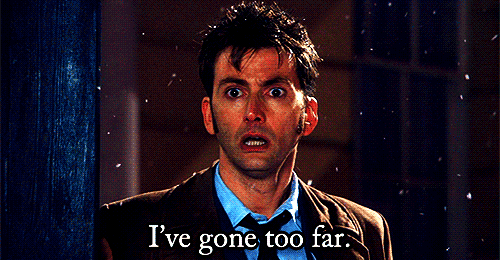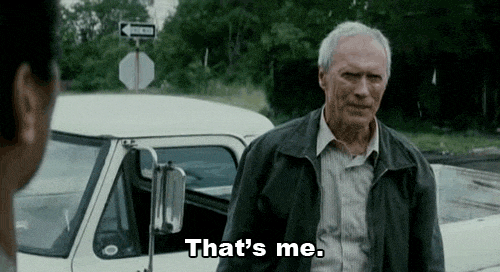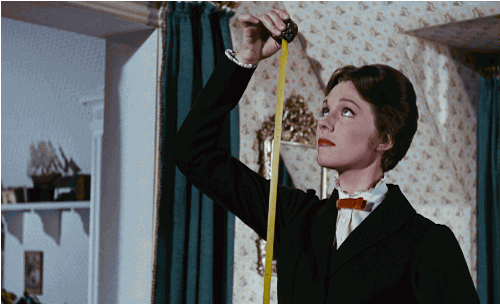Here’s the key graf in this story (via FashionRedef) about how fashion brands have begun addressing their customers as peers instead of experts or cold, soulless corporations.
For sustainable direct-to-consumer brand Reformation, “hyper-growth” was also kick-started with a pithy newsletter in March 2013, says the company’s founder, Yael Aflalo. “We wrote about Coachella and the caption was: ‘It’s not that important but it kinda is.’ All my friends rung me to say how cute it was.” It wasn’t just cute; it was instantly profitable. Sales jumped from $18,000 in February (pre-newsletter) to $175,000 in March. Millennial-friendly Instagram captions and product descriptions (Aflalo describes the tone as a SoCal-esque “urgh, but yeah”) are part of Reformation’s USP. “Being naked is the #1 most sustainable option. We’re #2”, puns their Instagram bio, where the brand has 818,00 followers.
What the story shows is how vitally important it is for brands to find a voice that truly connects with its customers. The “BFF Marketing” label that’s affixed to these particular examples shows that sort of tone and connection that has worked with these companies and indicates the role that worked for them. In this case they adopted the persona of the “BFF” of the women they were trying to reach and spoke to them in that language, with that cadence and using that sort of terminology.
Shown here are the results of adjustments to that voice that have worked out well for the brands mentioned. Unseen is the rigor that often goes into making those adjustments.
Brand “voice” is something that is vitally important and not just changed on a whim, at least not in most cases. Usually it takes a massive amounts of rigor and research before all the various stakeholders will sign off on adjustments to the approach taken with marketing copy.
I’ve gone through this process a few times in my career. Here are some of the factors I had to include when making the case to change what had been dry marketing copy into something more interesting and engaging for the audience.
Analyze the Audience
If you want to fit in with the audience, you have to know how they’re talking, both about you specifically and the general topics in your industry. What sorts of conversations are they having? Are they having fun or are they more serious? Don’t limit your research to civilians and individuals, but also take a look at how industry trade pubs and other news sites are sharing updates. See if you can find what’s working well for them and pick out the elements you can incorporate and which will work for you.

Define the Action
What I’ve found is that most marketing copy that doesn’t result from a defined style guide has almost no purpose. There’s no clearly defined call to action. The assumption seems to be that sharing the update, whatever it is, is sufficient and should light the world on fire. We know that’s not true, so make sure that adjustments in voice are made that include clear next steps for the audience to take. Interestingly, I’ve found these CTAs are easier to include in loose, informal copy than in the stiff marketing copy I’ve often inherited from other managers.

Set Boundaries
When I was working on a client project to redefine the social media voice for the brand, my counterpart in-house told me to present my recommendations in three ways: Minor adjustment, full-throated changes and ZOMG. Or something like that, but you get the point. He wanted to see what a small tweak looked like, what a moderate but still noticeable change would be and then what happened if I really cut loose. In this case we wound up going not quite all the way to 11 but definitely a 9.5. Knowing where the guardrail was helped us formalize that in the style guide and kept everyone honest, as well as giving him the supporting material he needed to show others what “too far” really looked like.

Remember the Big Picture
My colleague Dave Coustan introduced me to the following phrase: “Voice is cumulative.” What that means is that you’re never going to get the entirety of your voice attributes in one tweet, one blog post or any other single example. Instead, that picture only becomes clear when you step back and view several updates. Or even a whole month of them. If you have eight key elements to your brand voice, each individual one is probably only going to include three or four of them. Update A has Elements 2,4,5 and 8. Update B might have 2,3,7. Update C has 1,3,4 and 7. Taken as a whole, people will get the message.

It Helps To Have a Native
I’ve been lucky enough to be interested in the industries and products some of my clients have operated in and sold. That’s helped me write in the voice of the fan, because I am one. In other cases, I’ve done the research necessary to know how that audience and fanbase speaks and what they’re interested in to present an authentic message (not faking this is a whole other topic). It can be hard for companies to do this as they may not have this kind of genuine enthusiasm internally and it can’t be found in their agency partners. If there’s a case for working with freelance copywriters it’s here, as doing so allows companies to cast a broader net and find someone who brings that sense of excitement to the copy they’re creating.

Establish Measurement
So you’re starting at 3. Cool. You know that. But are you prepared to measure the impact of the voice experimentation you’re about to engage in? What’s the start date for the change? What metrics are you using to gauge success or failure? All of these are essential to know whether what you’re doing is working. The BoF story above shares some stories about increased engagement, a spike in sales and more. There’s no universal right answer here, just know what you’re hoping to get out of this work and be prepared to see if that actually happens.

Chris Thilk is a freelance writer and content strategist who lives in the Chicago suburbs.
Like this:
Like Loading...











